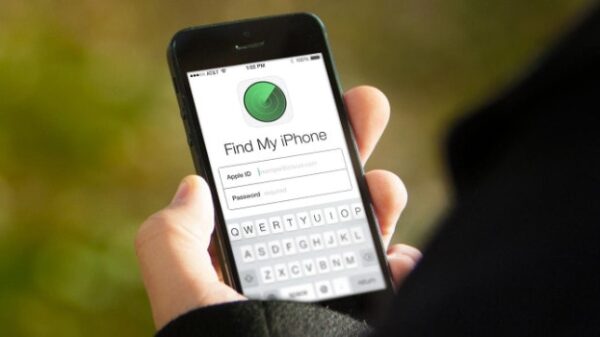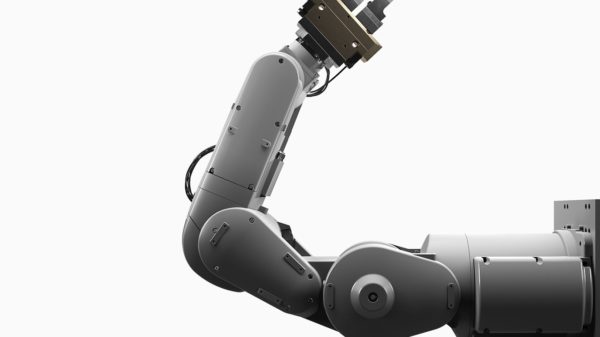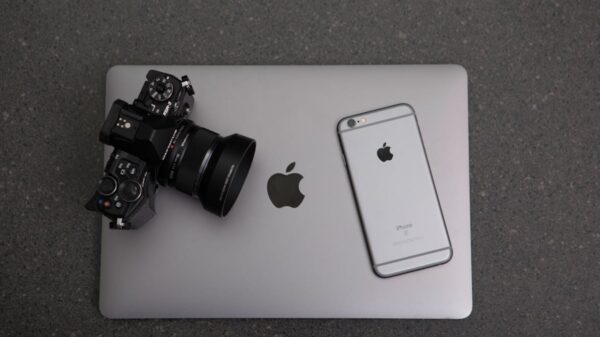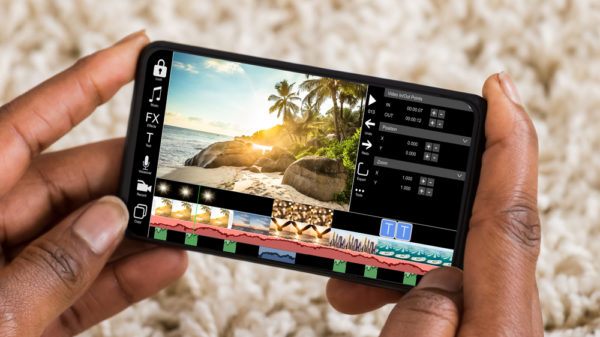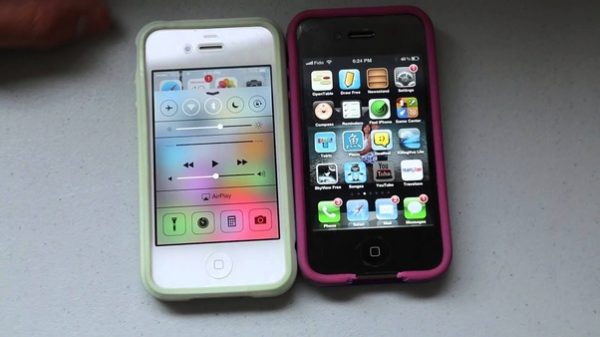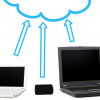In today’s digitally driven world, staying ahead of the marketing curve is essential for businesses looking to capture the attention of consumers. Augmented Reality has emerged as a game-changing technology that enables brands to engage with their audience in innovative and immersive ways. This guide will take you through the journey of understanding, implementing, and measuring the success of augmented reality for marketing campaigns.
Key Takeaways
- Augmented Reality enhances real-world experiences with digital overlays.
- AR can drive customer engagement, boost brand awareness, and increase sales.
- Effective AR marketing requires a clear strategy and a focus on user experience.
- Measurement and analysis are crucial for evaluating the success of AR campaigns.
1. Understanding Augmented Reality
Augmented Reality, often abbreviated as AR, is a technology that blends the digital world with the physical environment. It overlays computer-generated content, such as images, videos, or 3D models, onto the real world, creating a composite view for users. Unlike Virtual Reality (VR), which immerses users entirely in a digital environment, AR enhances the real-world experience. This unique quality makes AR a powerful tool in marketing. For better insight, read more about AR at Plingot.com.
Benefits of Augmented Reality in Marketing
The application of AR in marketing offers a myriad of benefits:
- Enhanced Customer Engagement: AR experiences are interactive and captivating, keeping customers engaged for longer durations.
- Increased Brand Awareness: Memorable AR campaigns generate buzz and differentiate your brand from competitors.
- Product Visualization: AR allows customers to visualize products in their own surroundings, aiding in their purchase decisions.
- Data Collection: AR can collect valuable user data, enabling personalized marketing and providing insights for future strategies.

2. Developing an AR Marketing Strategy
Implementing AR successfully in your marketing efforts requires a clear and well-thought-out strategy. Here are key steps to consider:
Define Clear Objectives
In this crucial step, you need to articulate the specific goals you want to achieve with your AR marketing campaign. Whether it’s boosting sales, increasing brand loyalty, or launching a new product, defining clear objectives provides a roadmap for the entire campaign. It helps you stay focused, allocate resources effectively, and evaluate success based on these predefined goals.
Know Your Audience
Understanding your target audience is foundational to AR marketing success. Delve into demographics, behaviors, preferences, and even the devices they use for AR experiences. This knowledge enables you to tailor your AR content to resonate with your audience, increasing the likelihood of engagement and conversion.
Choose the Right AR Technology
The choice between marker-based and markerless AR impacts the user experience and the campaign’s effectiveness. Marker-based AR uses physical markers for interaction, while markerless AR relies on object recognition or geolocation. Consider your campaign’s objectives and user experience goals to make an informed choice that aligns with your strategy.
Create Engaging AR Content
Compelling content is the heart of any successful AR campaign. Collaborate with skilled developers, designers, and content creators to craft interactive and visually captivating experiences. Ensuring alignment with your brand and campaign goals, this content should not only attract but also retain user engagement.
3. Implementing Augmented Reality Campaigns
With a solid strategy in place, it’s time to bring your AR marketing campaign to life:
Mobile Apps vs. Web-Based AR
Deciding between developing a dedicated AR app or using web-based solutions is pivotal. Mobile apps offer a more tailored experience but require app downloads, while web-based solutions offer broader accessibility but may have limitations. This decision impacts your campaign’s reach and usability and should align with your target audience’s preferences and your budget.
AR Content Creation
The creation phase involves working closely with developers, 3D designers, and content creators to bring your AR vision to life. This content should be interactive, informative, and user-friendly, delivering on the promises made in your campaign objectives.
Marketing Channels
Identify where you’ll promote your AR experiences. This decision should align with where your target audience spends their time. Social media, websites, and even print materials can serve as effective channels for reaching and engaging your audience.
Promote and Launch
Building anticipation for your AR campaign is key to its success. Teaser campaigns, influencer engagement, press releases, and social media promotion can all contribute to creating buzz and excitement around your launch. A well-structured launch strategy ensures your campaign gains the traction it deserves.
4. Measuring and Analyzing AR Marketing Success
Effectively measuring and analyzing the success of your AR marketing campaign is crucial for refining your strategy and achieving optimal results:
Define Key Performance Indicators (KPIs)
KPIs are the metrics you’ll use to measure the success of your AR marketing campaign. These may include user engagement rates, conversion rates, app downloads, or return on investment (ROI). Defining these metrics at the outset allows you to clearly track and evaluate the campaign’s impact.
User Feedback and Iteration
Collecting and acting upon user feedback is essential for continual improvement. Users’ experiences and opinions can identify areas for enhancement, allowing you to refine your AR content and ensure it meets user expectations.
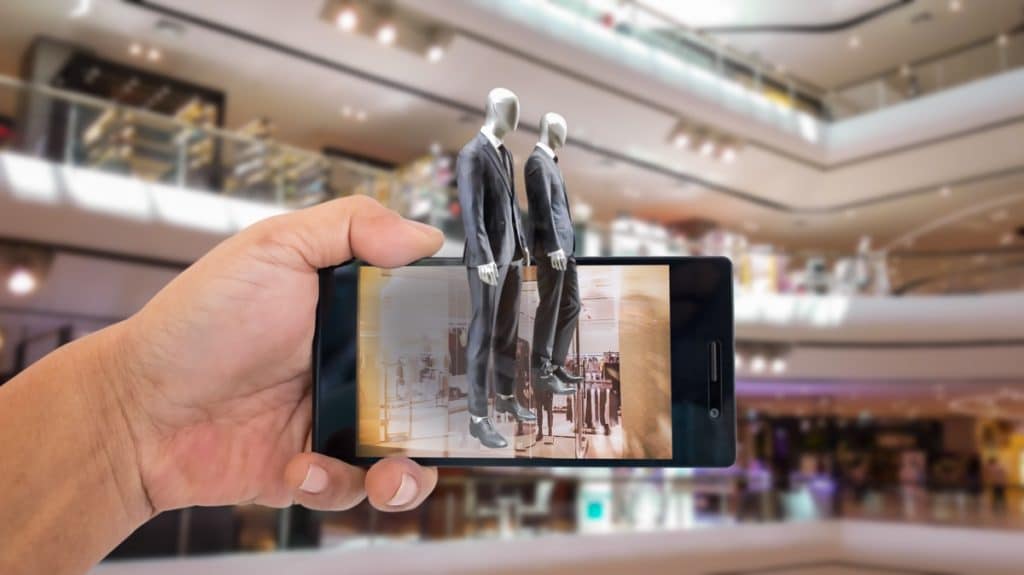
Data Analytics
Leveraging data analytics tools provides insights into user behavior and interactions with your AR content. This data helps refine your strategy, optimize user experiences, and maximize the campaign’s effectiveness.
A/B Testing
A/B testing involves experimenting with different AR content or strategies to determine what resonates best with your audience. This iterative approach empowers you to continually improve your campaign’s performance, driving better results over time.
Conclusion
Augmented Reality is not just a technology; it’s a marketing game-changer. By blending the real world with digital enhancements, AR has the potential to transform your marketing efforts, driving brand awareness, customer engagement, and ultimately, revenue.
In today’s competitive landscape, staying at the forefront of technological innovation is vital. Augmented Reality can set your brand apart, creating lasting impressions and customer loyalty that will propel your business forward.
Remember, the journey with AR marketing is continuous. Evolve, refine, and innovate your AR campaigns to stay ahead of the curve and deliver exceptional experiences to your audience.




